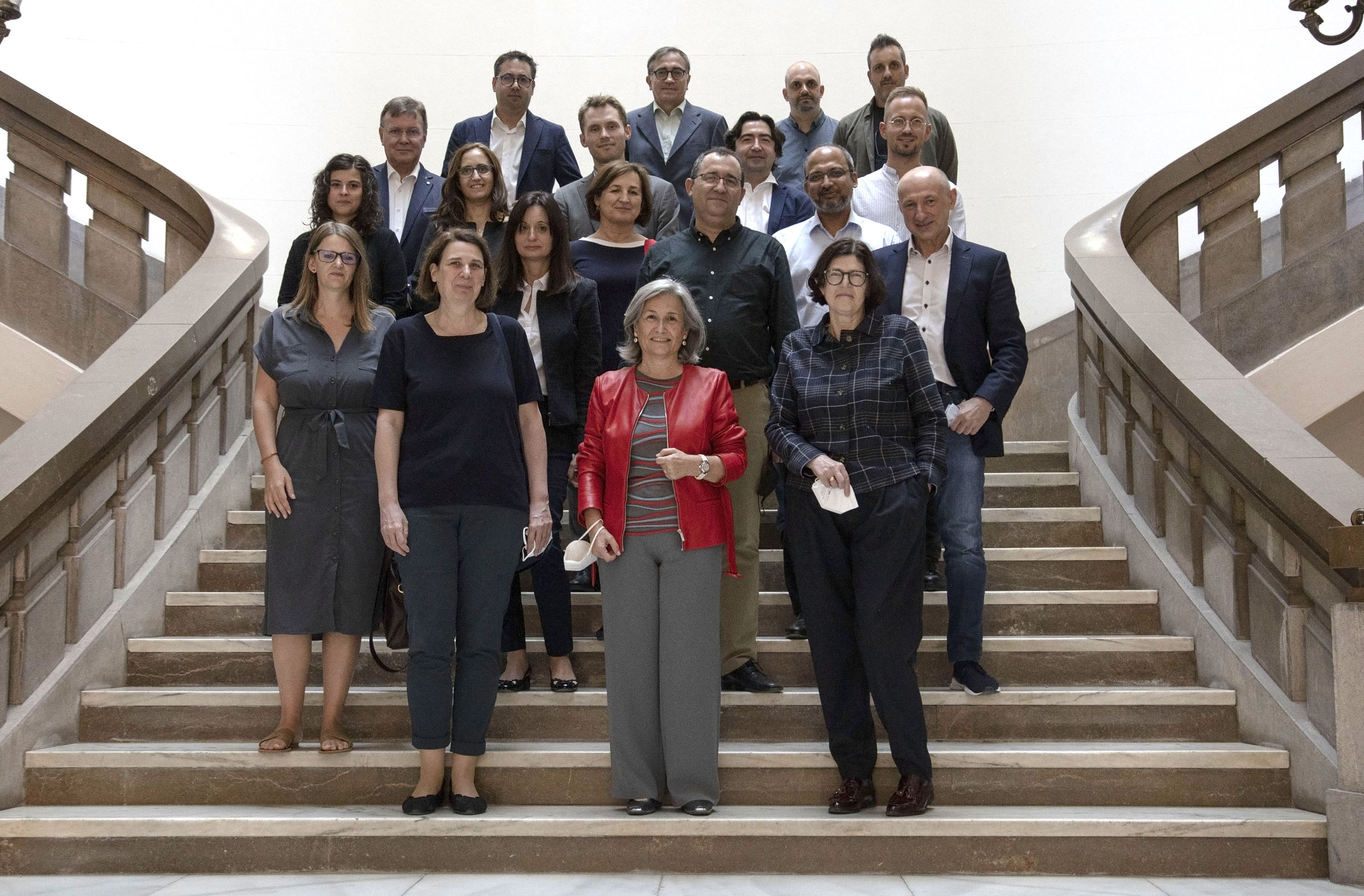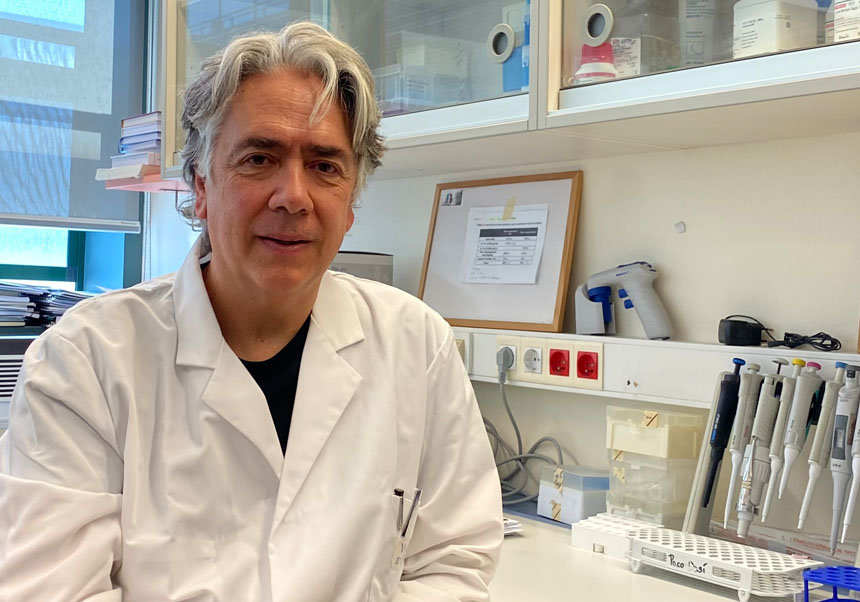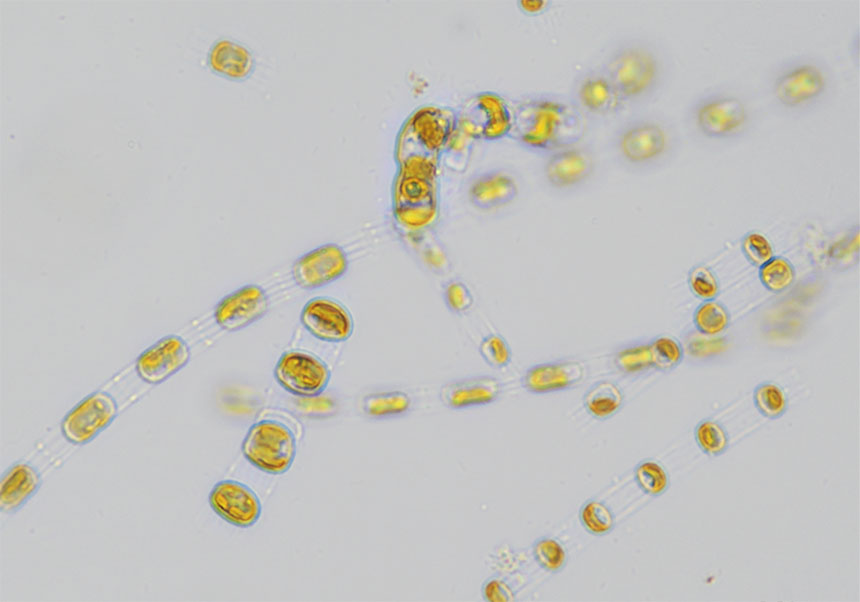A European project led by the University of Valencia explains how to prevent arterial hypertension in children and adolescents
- Scientific Culture and Innovation Unit
- May 5th, 2023

The European project COST HyperChildNET, led by the University of Valencia and with the objective of preventing arterial hypertension in children and adolescents, has elaborated, in collaboration with the European Academy of Paediatrics, a document on how to prevent this pathology in first-year-olds, who will be the basis of a guide for all of Europe. The document has been published in the journal Frontiers in Pediatrics.
HyperChildNET (Network for Blood Pressure Research in Children and Adolescents), directs its work to the 32 societies included in the European Academy, representing 1.6 million professionals from all the continent. At the University of Valencia, the project is led by Empar Lurbe, full professor of the Department of Paediatrics, Obstetrics and Gynaecology.
Arterial hypertension is a modifiable cardiovascular and renal risk factor. Although most adverse outcomes occur in adulthood, longitudinal studies have shown that subtle elevations in blood pressure early in life are much more common than previously thought and that adult-onset hypertension has its roots in paediatric age. The detection of these alterations can facilitate the implementation of corrective measures in order to reduce the burden of cardiovascular disease in adulthood.
The increase in the prevalence of arterial hypertension at increasingly younger ages since the year 2000 is a fact. The prevalence of arterial hypertension is higher with obesity (15%), when compared with overweight (5%) and with normal weight (1.9%). High blood pressure can affect organs such as the heart, kidney, and blood vessels, hence an assessment of subclinical damage to these organs should be carried out as an intermediate stage in the continuum of cardiovascular disease.
With all these premises, the need for a pan-European action in order to deepen the knowledge on prevention, diagnosis and treatment of arterial hypertension in the paediatric age is absolute. In this sense, the European Commission has approved and financed for the first time a multidisciplinary network, HyperChildNET, led by the University of Valencia, in which 25 countries and more than 100 professionals participate and which has a duration of 4 years (since October of 2020).
Articles:
- Wühl E., Calpe J., Drożdż D., Erdine S., Fernández-Aranda F., Hadjipanayis A., Hoyer P. F., Jankauskiene A., Jiménez-Murcia S., Litwin M., Mancia G., Mazur A., Pall D., Seeman T., Sinha M. D., Simonetti G., Stabouli S., Lurbe E. Joint statement for assessing and managing high blood pressure in children and adolescents: Chapter 2. How to manage high blood pressure in children and adolescents. Front Pediatr. 2023 Apr 12;11:1140617. doi: 10.3389/fped.2023.1140617. PMID: 37124176; PMCID: PMC10130632.
- Lurbe E, Mancia G, Calpe J, Drożdż D, Erdine S, Fernandez-Aranda F, Hadjipanayis A, Hoyer PF, Jankauskiene A, Jiménez-Murcia S, Litwin M, Mazur A, Pall D, Seeman T, Sinha MD, Simonetti G, Stabouli S and Wühl E (2023) Joint statement for assessing and managing high blood pressure in children and adolescents: Chapter 1. How to correctly measure blood pressure in children and adolescents. Front. Pediatr. 11:1140357. doi: 10.3389/fped.2023.1140357
















